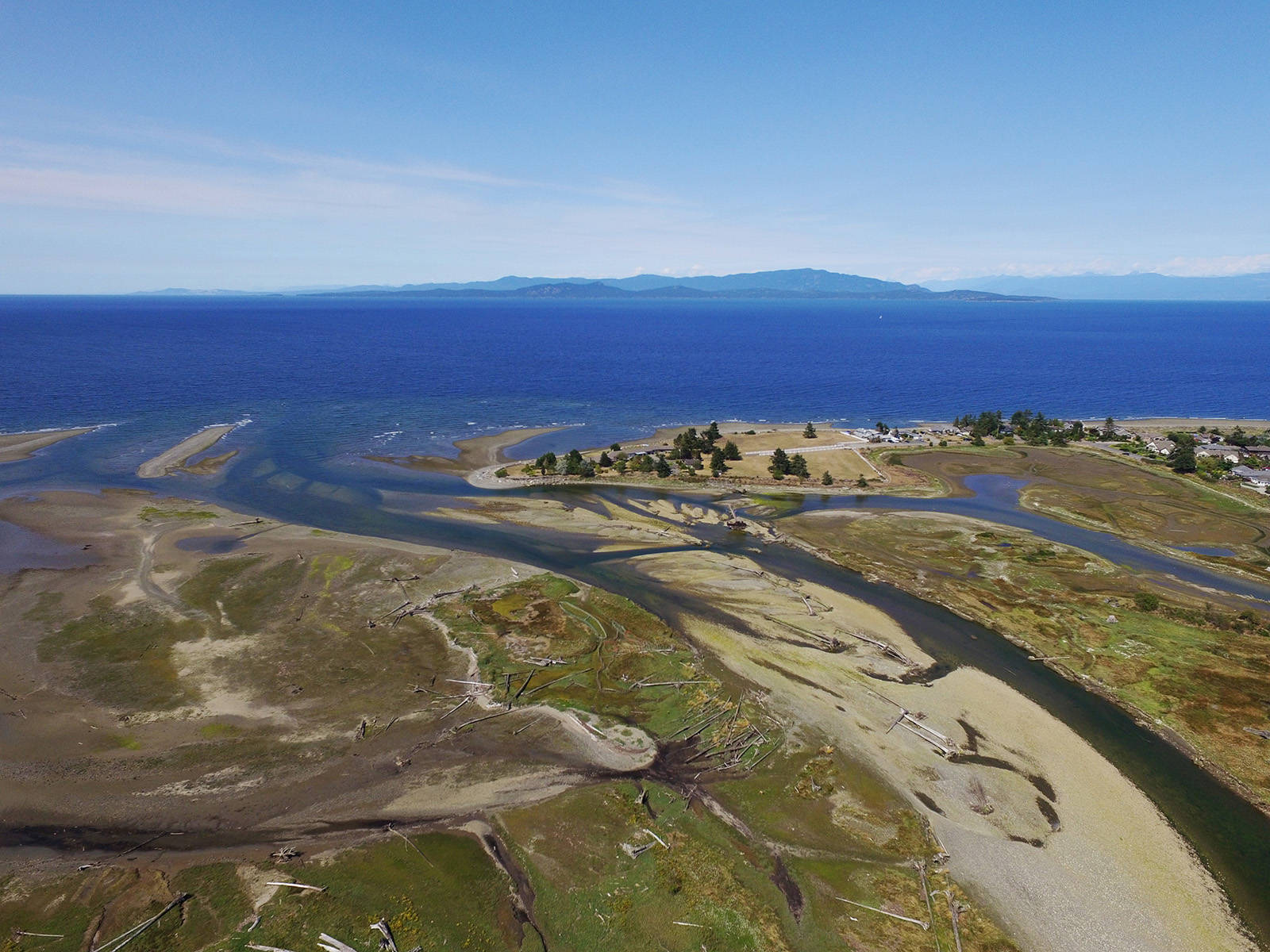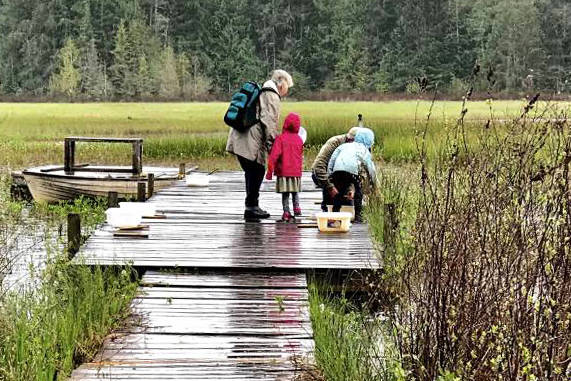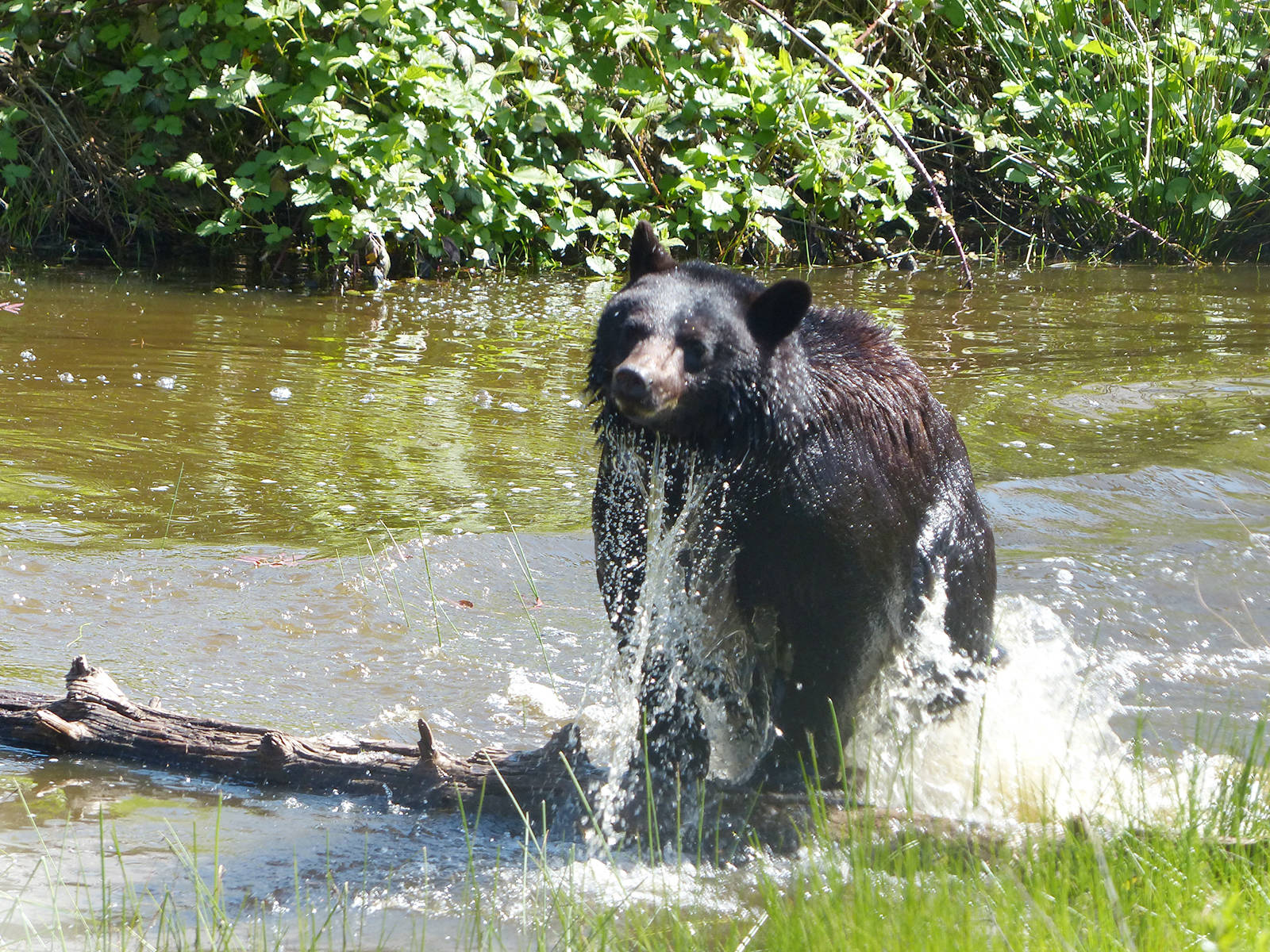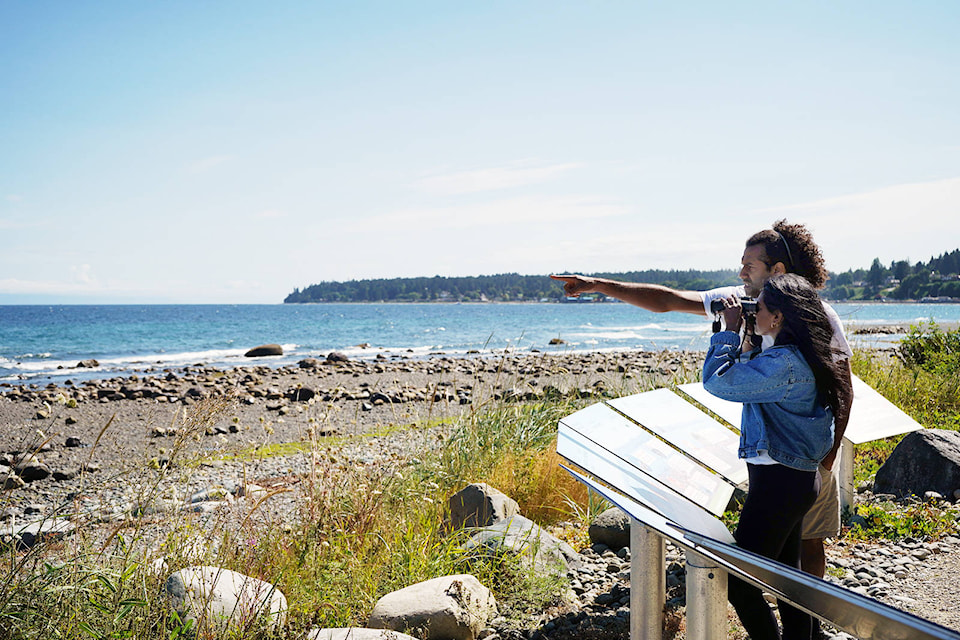Vancouver Island is renowned for its wildlife, whether it’s the playful porpoises off-shore or elusive black bears feasting on salmon and berries.
But another attraction has visitors flocking to the central Island too: the many species of birds making their home in the Parksville Qualicum Beach region year-round, or during their seasonal migration.
A designated Important Bird Area located along the Pacific Flyway, the long sandy beaches, tidal estuaries and forested hills are naturals for all manner of birds, from bald eagles, owls and other raptors to the brant geese that wing their way to the region each spring. (In fact, brants like Parksville Qualicum Beach so much, they even have their own festival!)
While many species are at home here year-round, meaning there’s always something to see, photograph and record, fall and spring also see visits from an array of migratory birds.

Supporting those avian visitors is the region’s inclusion in the Mt. Arrowsmith Biosphere Reserve, designated as a UNESCO biosphere reserve in 2000, and one of only two in British Columbia.
At approximately 1,200 square kilometres, with a vertical elevation spanning more than 2,100 meters from the highest peak on Mt. Arrowsmith into the Salish Sea, the geographical boundary is further defined by five watersheds, Englishman and Little Qualicum rivers, and French, Nanoose and Bonnel creeks. Experience the magic of the biosphere with the Official Amazing Places Geotour, complete with its own app.
All of which points to one thing: this place really is for the birds!
With a growing interest in birding further fuelled by COVID – who are these feathered friends perched in my backyard, anyway?! – fans will find few better places to indulge their avian interests than Parksville Qualicum Beach.
For a look at what species you might see during your Island visit, check out the Central Vancouver Island section of the BC Bird Trail. (Hint: highlights this fall include such colourful characters as the Long-billed Dowitcher, Barrow’s Goldeneye and the Golden-crowned Kinglet)

So pack the binoculars … here’s a look at a few popular spots to perch:’
- Englishman River Estuary – Located on the south end of Parksville, the estuary and adjacent beaches provide important habitat for thousands of migrating waterbirds and offers year-round interest for birders. Look for a viewing tower and interpretive kiosk on the west side and a viewing platform on the east side.
- Hamilton Marsh – The largest wetland between Nanaimo, Cumberland and Port Alberni, Hamilton Marsh is located just minutes from Qualicum Beach. As the largest water bird brood marsh on this part of Vancouver Island, 130 species of birds have been recorded here, in addition to fish, amphibians and dragonflies.
- North Island Wildlife Recovery Centre – For birds of a different feather, be sure a visit to this wildlife rehabilitation centre is on your itinerary. While animals that can be re-released are kept out of public view while they get well, those that can’t often become wildlife ambassadors, living out their lives on this beautiful property while helping visitors learn about protecting and nurturing Island wildlife. In addition to black bears Knut and Rae, visit rescued eagles, falcons and steller’s jays, meet Dougal the blind raven, Boo, the great horned owl, and even Vladimir, the turkey vulture.
- Take a tour – Make the most of your central Island birding adventure by letting a local pro lead the way, or check the calendar for a chance to connect with locals on a bird walk. For a list of local birds to watch for, stop by the Visitor Centres!
- Faye Smith Rosenblatt Memorial Pavilion – Located along the Island Highway past Crescent Road West, the Brant Viewing Station at Qualicum Beach’s Seaside Park features extensive interpretive signage and benches and landscaping – the perfect place to take in these early spring visitors.
Take flight to Lighthouse Country – Heading a little farther north, options like Rosewall Creek Provincial Park and Deep Bay Spit afford even more opportunities for connecting with our feathered friends. Located along picturesque Rosewall Creek, this wooded park is a particular favourite in fall when the changing maple leaves are especially beautiful. Nearby, Deep Bay Spit creates a sheltered bay that provides a natural habitat for shorebirds.
Ready to plan your fall visit to Central Vancouver Island? Head to visitparksvillequalicumbeach.com!

